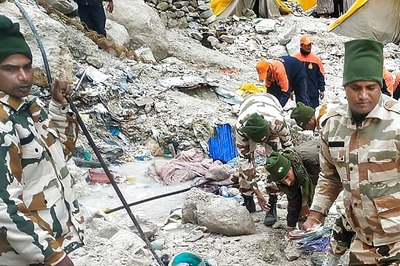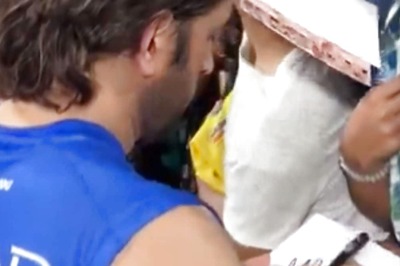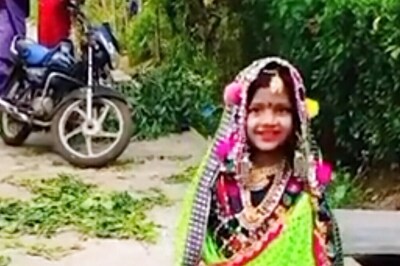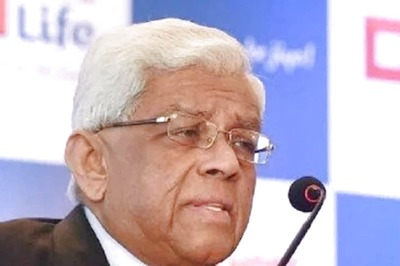
views
New Delhi: There is no end in sight to the Ram Janmbhoomi-Babri Masjid title dispute which is the longest legal battle in India. After the Supreme Court on Monday decided to stay Allahabad High Court verdict of dividing the 60 sq feet by 40 sq feet disputed land in Ayodhya, where once stood the Babri Masjid and which Hindus claim as the birth place of Lord Rama, into three parts, it is back to square one for the parties involved in the case.
With the High Court verdict being stayed by the two-judge Supreme Court bench which also criticised the September 30, 2010 verdict as "strange", the case will be heard afresh.
It took almost 60 years for the Lucknow bench of the Allahabad High Court to give its verdict on the case and it will be a while before the Supreme Court can decide on the title suit.
The summer vacation of the court will commence on May 16 and after the nearly two-month long summer vacation, the court will resume its sitting on July 4.
The two judges hearing the case are Justice Aftab Alam and Justice RM Lodha. While Alam will retire on April, 2013; Lodha's term ends on September 27, 2014.
But going by the pace of the case in the High Court, it is anyone's guess if Justice Alam and Justice Lodha would be the ones to deliver the verdict on the title suit. Or if the case will again drag on for years?
There are nearly 40,000 cases pending before the Supreme Court and another 3 crore cases are undecided in the lower courts. So India will have to wait for some more time before the dispute is settled and then only can the country heave a sigh of relief in what is certainly the most communally sensitive case.
The first petition in the dispute was filed more than 125 years ago in 1885 by the head of the Nirmohi Akhara asking for permission to offer prayers to Ram Lalla inside what was known as the Babri Masjid.
The dispute is about who owns the 60 sq feet by 40 sq feet land in Ayodhya where the Babri Masjid used to stand till December 6, 1992.
From 1950 onwards five title suits have been filed in the Allahabad High Court. Out of these four are in favour of Hindus and one from the Sunni Waqf Board, All the suits stake claim to the title of the plot of land of the Babri Masjid.
Now with the dispute finally landing in the Supreme Court, the honourable judges need to decide if a temple existed at the disputed site before 1528 when Mir Baqi constructed the Babri Masjid? Was Ayodhya really the birth place of Lord Ram and is there evidence to show that Hindus have been worshipping at this place for a long time? Another question to be answered is if Muslims had abandoned the mosque in 1934? Was the appearance of Ram Lalla's idols inside the Babri Mosque area really an act of miracle?
Allahabad High Court's Lucknow bench on September 30, 2010 had passed three separate judgements on September 30 with the majority verdict holding that the area covered by the central dome of the three-domed structure, where the idol of Lord Rama is situated, belongs to Hindus.
While Justice SU Khan and Justice Sudhir Agarwal were of the view that the entire disputed land should be divided into three parts - one part each to Sunni Waqf Board, Nirmohi Akhara and the parties representing 'Ram Lalla Virajman', Justice Dharam Veer Sharma had held that the entire disputed area belongs to Hindus.
The first title suit was filed in 1950 by Gopal Singh Visharad, second title suit was filed by Ramchadras Paramhans, the third by Birmohi Akhara, fourth by Sunni Wakf Board and the fifth by Bhagwan Ram Lalla himself, and so started India's tryst with the dispute.


















Comments
0 comment